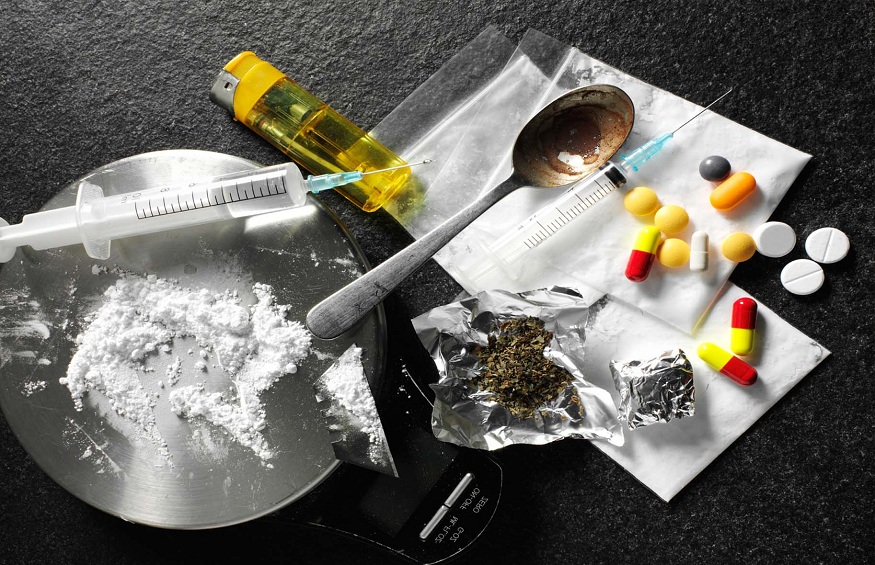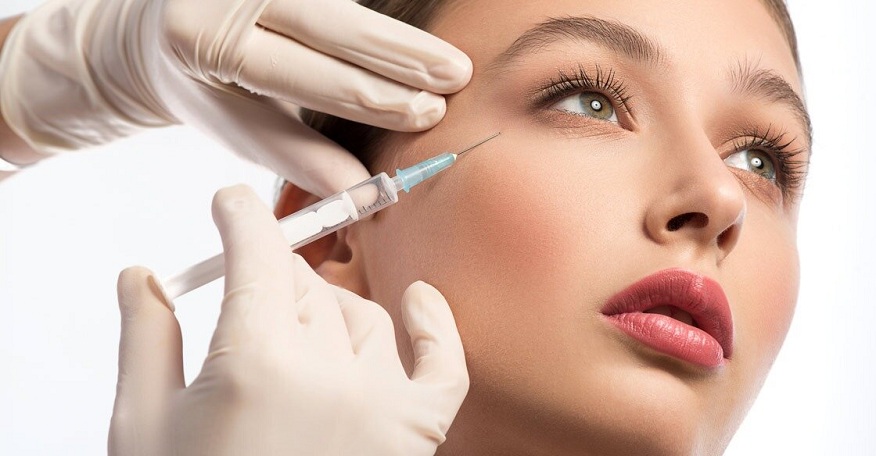Treatment is primarily drug-based.?
The esophagus is the hollow tube that connects the throat (pharynx) to the stomach. The lower esophageal sphincter is the ring of muscle holding the lower end of the esophagus closed so that food and stomach acid do not back up into the esophagus. When people swallow, this sphincter normally relaxes to let food pass into the stomach. (See also Overview of the Esophagus .)
Gastroesophageal reflux disease (GERD) is common. It occurs in 10 to 20% of adults. It also occurs frequently in infants, sometimes from birth ( see Gastroesophageal reflux disease in children ).
The stomach lining is protected from the effects of its own acid. Because the esophagus lacks such a protective lining, stomach acid and bile backing up into the esophagus can cause symptoms and, in some cases, damage.
Backflow of acid and bile into the esophagus can be observed when the lower esophageal sphincter is not working properly. When standing or sitting, gravity prevents reflux of gastric contents into the esophagus, which explains why reflux worsens when lying down. Reflux occurs more quickly after meals, when the volume and acidity of gastric contents are higher and the sphincter is less able to function properly. Factors contributing to reflux
Certain medications
Heartburn (burning-like pain behind the breastbone) is the most apparent symptom of gastroesophageal reflux disease. Heartburn can be accompanied by regurgitation when stomach contents reach the mouth. If stomach contents reach the mouth, it can sometimes cause a sore throat, hoarseness, cough, or a feeling of a lump in the throat (pharyngeal paresthesia). Sometimes stomach contents flow into the lungs, causing coughing and/or sneezing. People who have had heartburn for a long time sometimes develop trouble swallowing ( dysphagia ).
Complications of gastroesophageal reflux disease
Prolonged exposure of the lower esophagus to repeated reflux may cause
Photo provided by Dr. David M. Martin.
Esophageal ulcers are open sores in the lining of the esophagus. When swallowing, they can cause chest pain behind the breastbone or just below it and the same location as heartburn.
The narrowing (stenosis) of the esophagus caused by reflux makes it increasingly difficult to swallow solid foods.
Reflux can cause narrowing of the esophagus. This photo also shows open ulcers or lesions (arrows) above a narrowing (constriction) of the esophagus.
Photo provided by Dr. David M. Martin.
Prolonged irritation leads to changes in the cells in the lining of the esophagus, resulting in a condition called Barrett’s esophagus. These changes can occur without symptoms. The altered cells are precancerous and can sometimes develop into cancer.
Repeated stomach acid reflux can cause changes in the cells of the esophagus that can become precancerous. In this image, the red tongue-shaped areas (arrows) illustrate examples of these changes.
When symptoms point to a diagnosis of GERD, treatment can be started without further testing. In general, additional tests are reserved for cases where the diagnosis is uncertain, when treatment has failed to control symptoms, or when symptoms have been present for a long time.
When examinations are needed, the first is usually to examine the esophagus using a flexible viewing tube ( endoscopy ). Endoscopy is the best test for diagnosing esophagitis, erosive esophagitis, esophageal ulcer, esophageal stricture, esophageal cancer, and Barrett’s esophagus. During endoscopy, doctors may remove tissue to examine under a microscope (biopsy).
Measuring pressure at the lower esophageal sphincter using a method called manometry shows how well the sphincter is working and also provides information about how hard the esophageal muscles contract. The information obtained by this examination helps the doctor to make the possible decision of a surgical intervention.
Losing weight
Raising the head of the bed about 15 centimeters can prevent acid from entering the esophagus during sleep. Medications that cause symptoms, as well as smoking, should be avoided. Also to be avoided are coffee, alcohol, fatty foods and acidic drinks such as orange juice, cola drinks and salad dressings, as well as other substances that strongly stimulate the production of acid or delay gastric emptying. People should avoid eating 3 hours before going to bed. Overweight people and those who have gained weight recently need to lose weight.
Proton pump inhibitors, the most potent of the drugs used to reduce acid production, are generally the most effective for treating gastroesophageal reflux and for esophagitis and erosive esophagitis due to gastroesophageal reflux. -esophageal. Healing usually requires taking medication for a period of 4 to 12 weeks. Taking these drugs can be continued over the long term, but if necessary, doctors try to use a lower dose. Histamine H2 receptor antagonists (H2 blockers) are other effective antacid medications for people with mild symptoms of GERD. Drugs that stimulate the movement of contents in the esophagus,
Surgery is a treatment option for gastroesophageal reflux disease in people who cannot tolerate medication, who have large amounts of non-acid reflux but cause symptoms, or in people with ulcers, bleeding, bulky hernias or severe esophagitis. In addition, surgery may be preferred in patients who wish to avoid prolonged medical treatments over several years. A minimally invasive technique performed with a laparoscope (a procedure called “fundoplication”) may be used. However, some people treated with this technique experience side effects, in particular difficulty swallowing and a feeling of bloating or abdominal discomfort after meals.
Barrett ‘s esophagus rarely disappears after use of a proton pump inhibitor and usually remains intact. If cells become precancerous, possible treatment options during endoscopy include methods that destroy abnormal tissue using radio waves (radiofrequency ablation), extreme cold (cryotherapy), or a laser beam (laser ablation ). Alternatively, the tissue can also be surgically removed. However, the abnormal cells may persist even after treatment has relieved symptoms. Therefore, it is recommended that patients with Barrett’s esophagus undergo regular endoscopic exploration to ensure that it is not progressing to a cancerous state.



